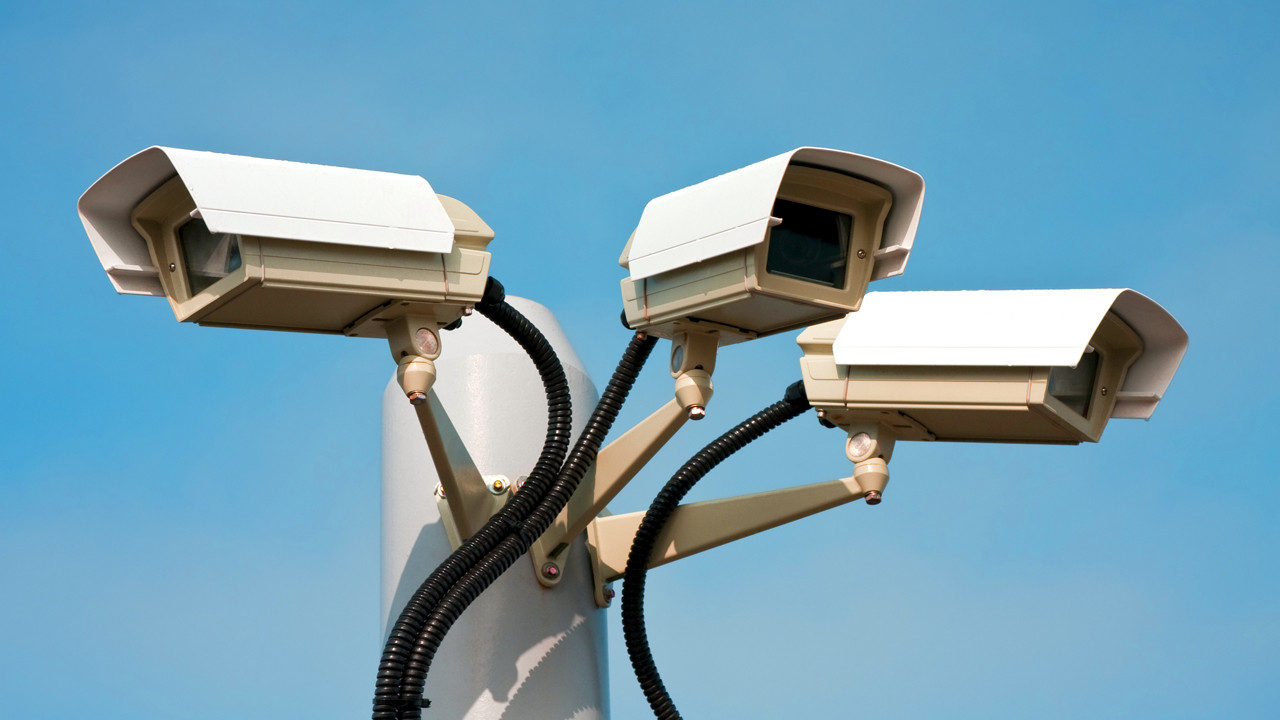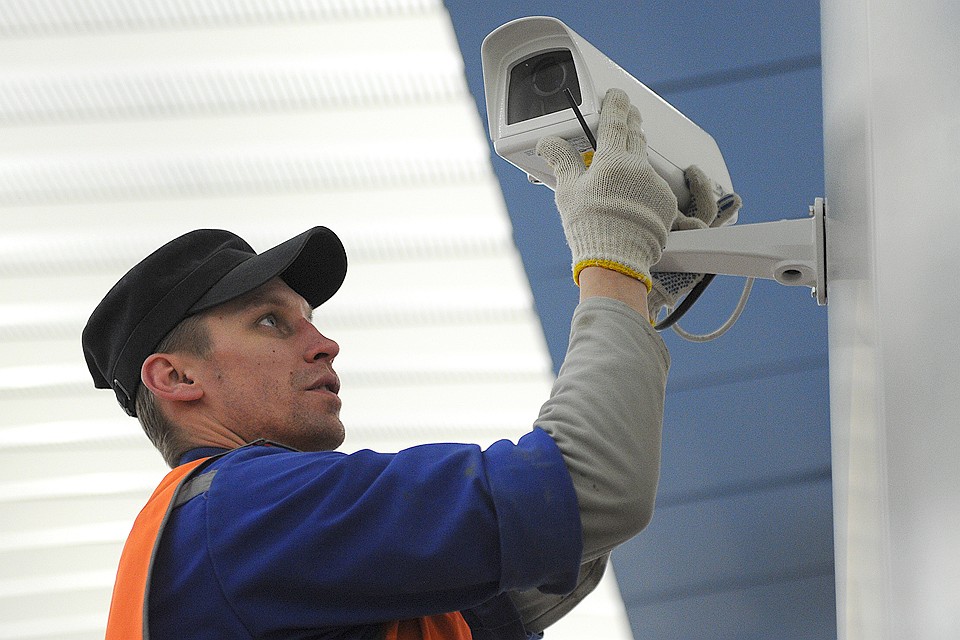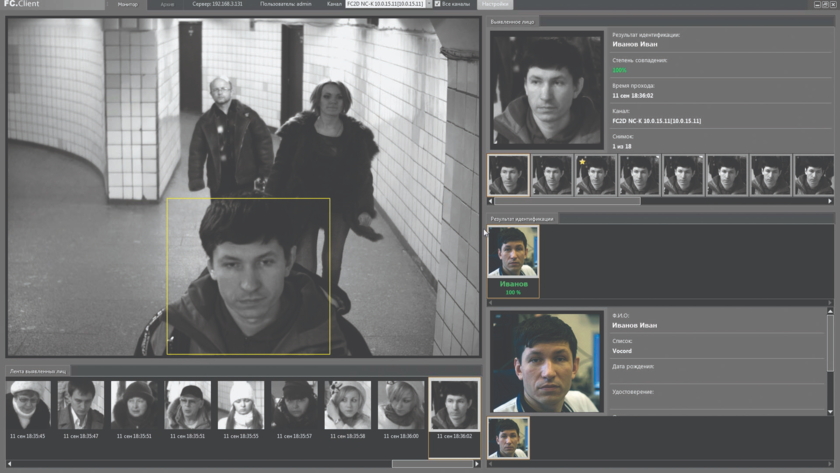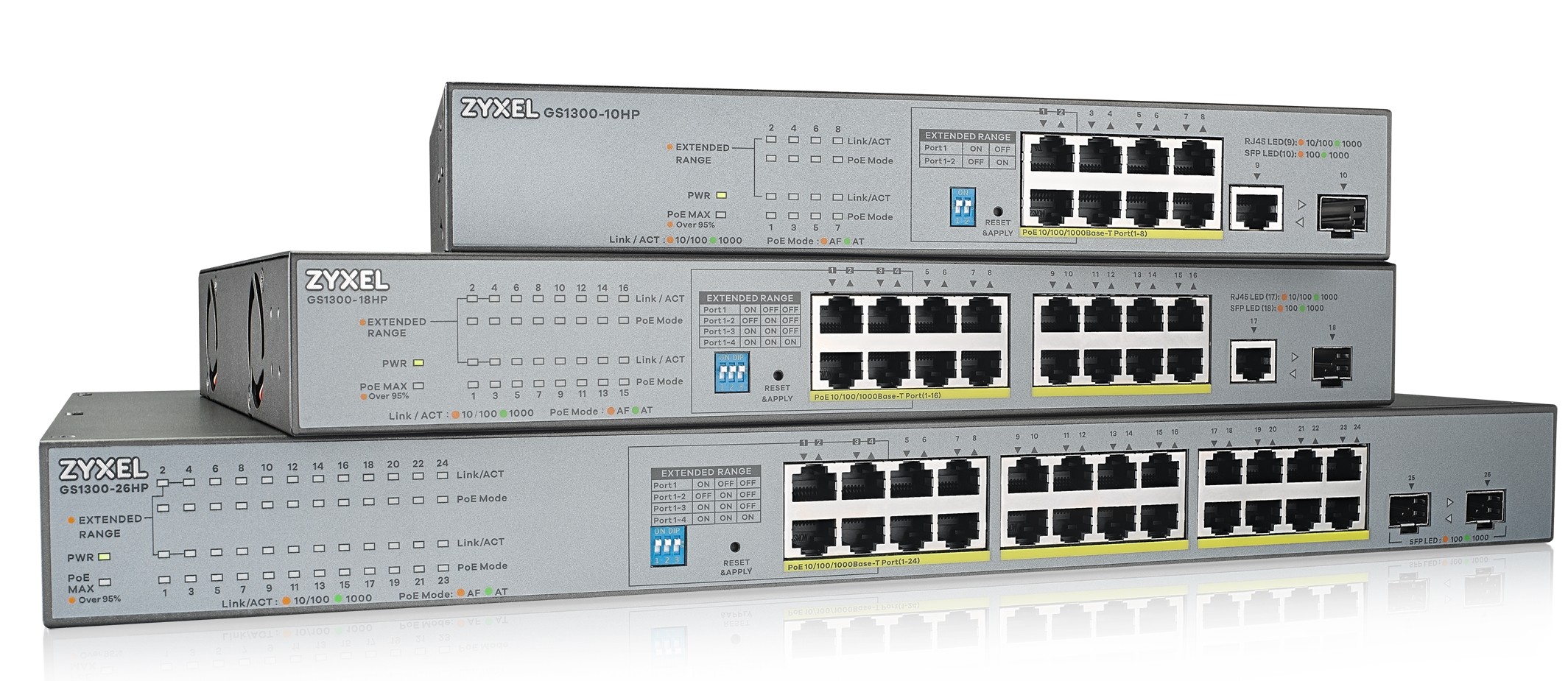
According to the DIT, this year the city’s urban video surveillance system in Moscow consists of approximately 167 thousand cameras . These devices are installed in various places - squares, parks, hospitals, supermarkets, etc. The cameras are both analog and digital, but the latter is becoming more and more, as they and the video stream provide better quality, plus it is much easier to connect video analytics to them.
But how does it all work and who is responsible for everything? In this article, we will try to briefly deal with these issues.
What and how does it work in Moscow?
The deployment of the metropolitan video surveillance system began in 2011-2012. It worked before, but such a monitoring could not be called systemic; rather, it was about point testing of hundreds of devices. Over time, the number of cameras has changed, specialists have developed a clear structure for connecting devices, and a plan has been obtained for using the data collected. At the beginning of this year, it was reported that video surveillance cameras are used in the investigation of about 70% of crimes committed in Moscow.
As mentioned above, most cameras are digital. Their advantages are high-quality image transmission, but the most important is the ability to configure the system to automatically respond in situations that require human attention. Moreover, digital devices can easily be connected to video analytics systems, recognize faces and car numbers.

The cameras are positioned in such a way that they give an overview of the place in front of them, as well as monitoring a specific object - a store, a playground, a parking lot, etc. As for data transfer, three technologies are used - GPON, DOCSIS and Ethernet. The channels of the AKADO Telecom L3 VPN network are mainly used, through which data is transmitted to the “Unified Data Storage and Processing Center”.
From here, the video is sent to the internal network of the Moscow government. Video file permissions are managed by DIT. By law, many officials have access to cameras or parts of them, including representatives of utilities, school principals, not to mention special services. They are provided with the login and password of the city unified data accounting system. An important nuance is that representatives of different services and departments have different levels of access to cameras. So, the same representative of public utilities will be able to connect only to the courtyard chambers of his region. If the security forces need these cameras, they take control of themselves - the public utilities will not have access to the devices at this time.
Citizens can also receive video from certain cameras, for this there is a special request procedure. Shelf life of recordings from most cameras is five days. If the video is reserved (for example, by a citizen), the storage period is increased to 30 days.
Who is responsible for the video surveillance system of the capital?
Mainly to executors of government contracts. There are three of them - Rostelecom, MGTS, and Akado. Cameras are distributed between companies in separate districts. Setting up the infrastructure is a difficult task, it is decided by the companies themselves who install and maintain the cameras, plus they are responsible for data transmission. In the "Single Center" for the storage and processing of video information installed servers and software that stores the video archive and redistributes the video between consumers. The center is responsible for the department of information technology.
The video stream is sent through secure gateways, and the level of stream protection is quite high - this is the use of encryption when transmitting data with the latest certificates, HTTPS protocol, VPN (specially formed tunnels).
The transmission of images from all cameras is supported by a team of several hundred people. The “Center” employs several dozen specialists who are responsible for the operation of equipment, image processing, etc. A person (even a whole team of specialists) is not able to track hundreds of thousands of video transmission channels at the same time, therefore a system has been developed for this purpose that controls the receipt of video streams in automatic mode.
And if the camera breaks?

Then you have to fix it. There are simple cases when public utilities, painting porches and roofs, painstakingly paint over camera lenses. It is more difficult when the cables or the cameras themselves are cut / stolen. In the latter case, you first have to call the precinct, fix the problem, and then proceed to the replacement.
In general, the average closing date for applications is from two hours to a day. In especially difficult cases, the solution to the problem may take about three days.
What about face recognition?
This year, the mayor of Moscow said that starting in 2019, a face recognition system on the video stream from surveillance cameras begins to work in the capital. Testing has already been carried out - in September 2017, about 3 thousand cameras of the city network were connected to the face recognition algorithm. In 2018, cameras in the subway were additionally connected.
On June 27 this year, the results of the face recognition system were published. As it turned out, only cameras at metro stations connected to the test system make it possible to detain 5-10 criminals, and this does not require increasing the number of police in the metro. If the camera "catches" the face of a person who is wanted, then nearby police officers will be notified.
The video stream from the cameras connected to the recognition system is processed in real time in the "Single Center", where a separate data processing module is organized. For this, neural networks are used that recognize the faces of people passing in front of the lenses. Then the images are compared with different databases. In addition, the gender and approximate age of the person are determined.

Testing was carried out at various events. In two years, 150 offenders were detained. The recognition system was developed by the Center for Speech Technologies and VisionLabs.
The Moscow government plans to soon connect almost all CCTV cameras to the face recognition system (this is about 160 thousand devices). The accuracy of reconciliation of the received image with the base of the search for law enforcement agencies is about 95-97%. The police got these results after testing the system “in the field” during the World Cup.
And a little about the new Zyxel
Zyxel introduced in the Russian market new switches designed specifically for video surveillance systems. These are the GS1300 and GS1350 models .
The use of Extended range mode in these switches allows increasing the maximum distance to powered devices up to 250 meters. And with category 6 cables, the distance increases to 300+ meters .


The devices are equipped with special features that make the deployment, operation and maintenance of CCTV systems easier.
Technical advice, assistance, advice on the selection of equipment - in our Telegram channel - t.me/zyxelru .
Welcome!